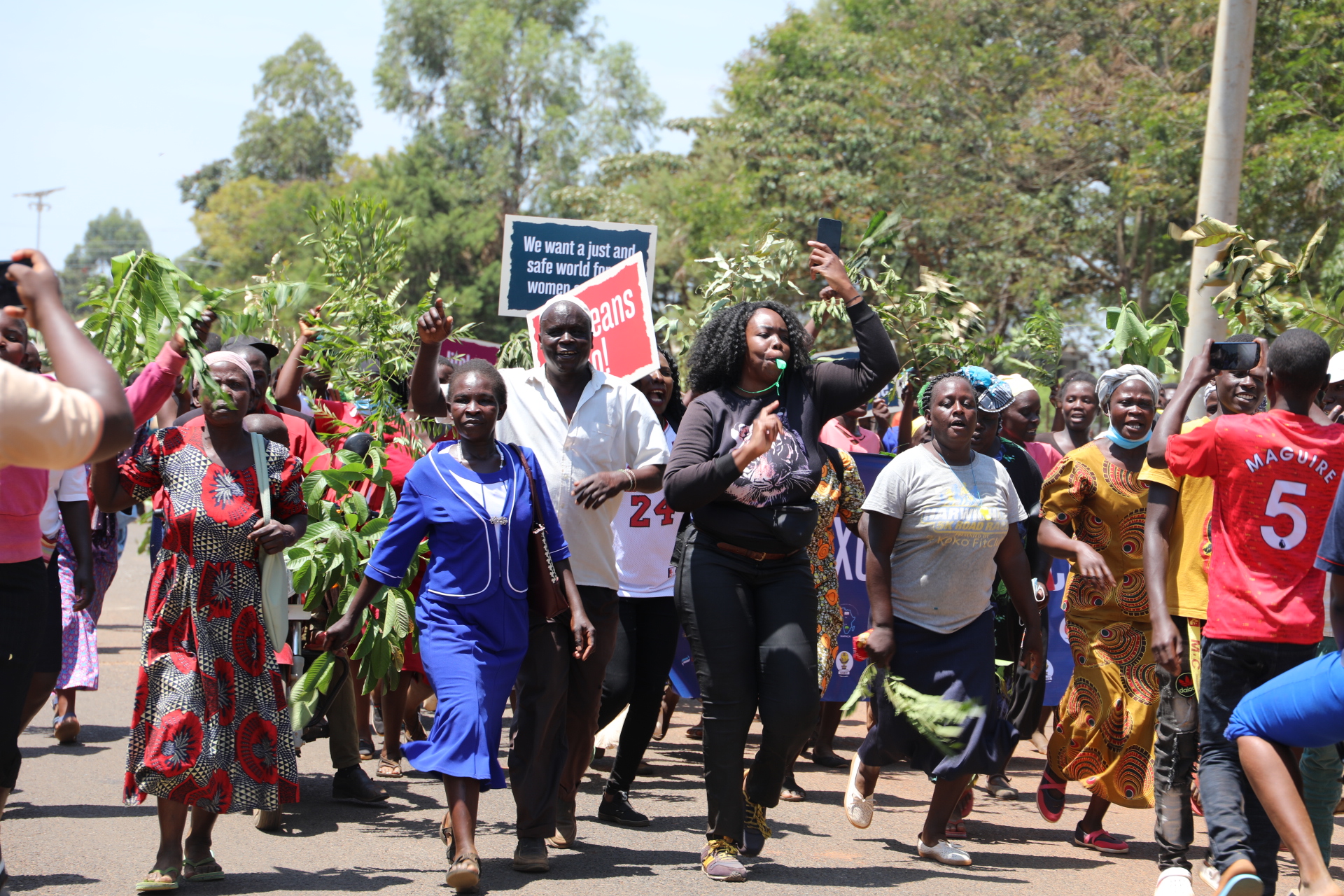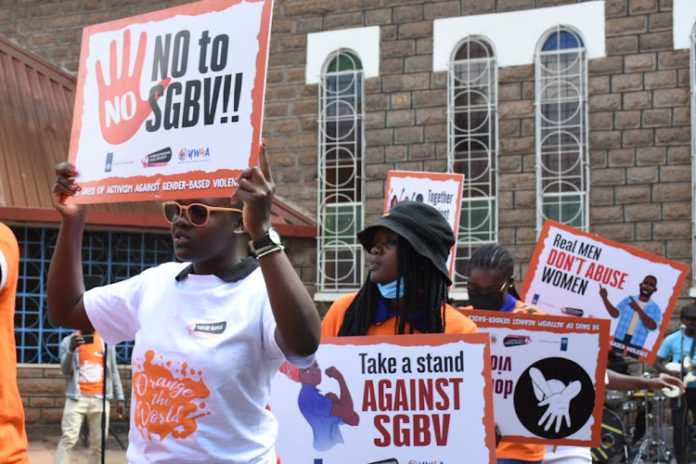|
Getting your Trinity Audio player ready...
|
By Alex Odongo
As the globe commemorates 16 Days of Activism against Gender-Based Violence, many issues confronting women and girls, such as early pregnancies, early marriages, FGM, sexual and Gender-based violence, and lack of access to knowledge on sexual reproductive health, remain a challenge.
Governments, civil society organizations, and child rights advocates deserve praise for the strides they have made in addressing issues affecting girls and women, including those related to policy development, advocacy, education, funding, and a variety of other interventions. However, it must be emphasized that their work has had a limited impact so far, and much more needs to be done.
In Kenya, there has been a growing concern over the rise in teenage pregnancies, the spread of HIV/AIDS among girls below 18 years old, high dropout rates in schools among young mothers, and limited access to sanitary pads for young girls, especially among impoverished communities.
According to the Kenya Demographic and Health Survey, high rates of adolescent pregnancies have been linked to poverty and lack of education. The teenage pregnancy rate in Kenya stands at 18 percent, with FGM being the highest among girls with no education (56.3 percent). Additionally, 23 percent of Kenyan girls are married by their 18th birthday, and four percent before they turn 15.
Despite the existence of policies, programs, and funding by both the national and county governments to address these issues, they persist. Additionally, civil society organizations and women and girl’s rights advocates receive millions of dollars annually in donations to tackle these problems.

It is essential to seriously investigate why these efforts are not having a good impact, especially in developing nations in Asia, Latin America, and Africa. Additionally, we must debate whether we should adopt a different approach and strategy to solve these issues.
Supporting a global treaty to eradicate all forms of violence against women and girls, which would establish international norms with clear, practical, and quantifiable actions on girls’ safety and security, would be one feasible answer. Governments worldwide must also invest in prevention to eradicate violence against women and girls.
Five tried-and-tested interventions that have been proven to reduce the incidence of violence against women and girls will be made mandatory by the agreement fronted by the Convention on the Elimination of All Forms of Discrimination against Women (CEDAW).
To combat and prevent crime, there needs to be legal reform that holds offenders accountable. This can be achieved through training and accountability measures, including training for frontline workers such as police officers, attorneys, judges, and doctors. Additionally, support systems must be put in place for survivors, such as medical care, helplines, shelters, and access to the legal system.
Other measures in the worldwide treaty include prevention-education, which entails teaching young boys and men that violence against girls is not the norm and has repercussions, and training girls to speak out against it. Finally, foreign development assistance spending is low and should be expanded.
Alex Odongo is a freelance journalist.














